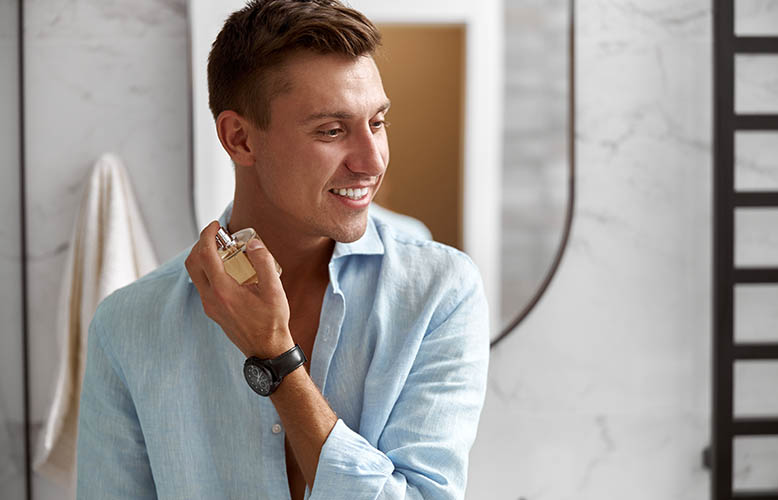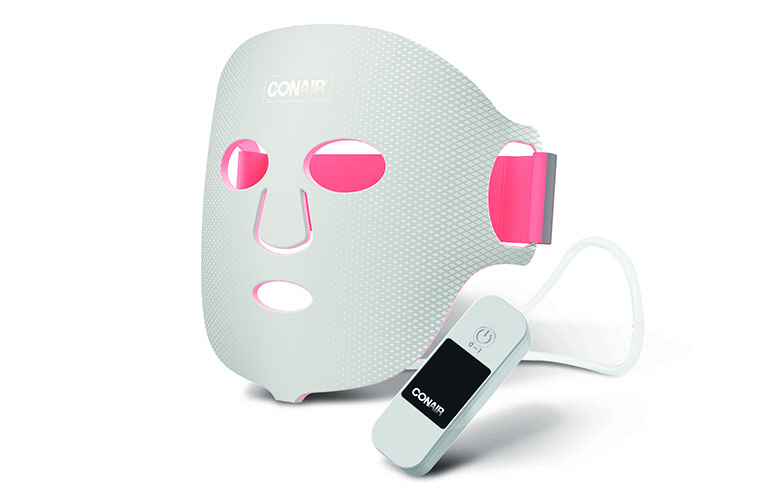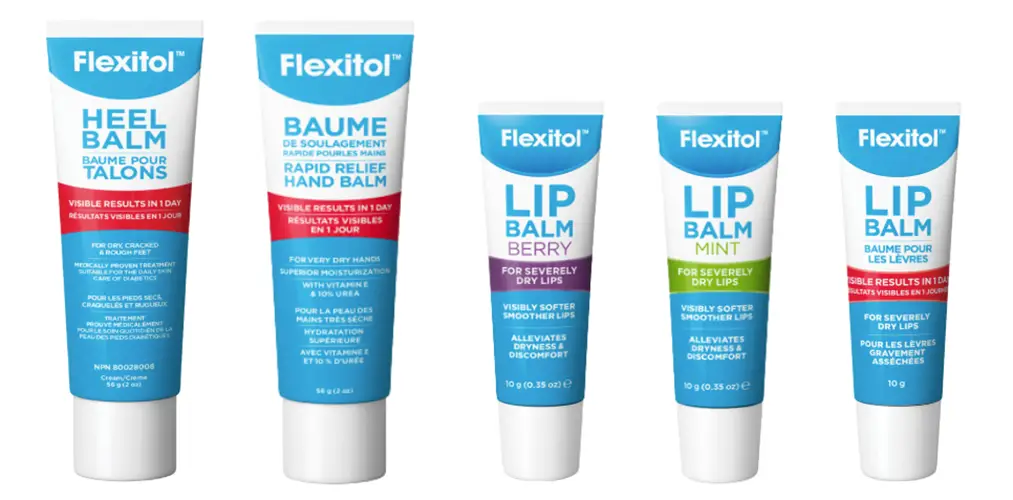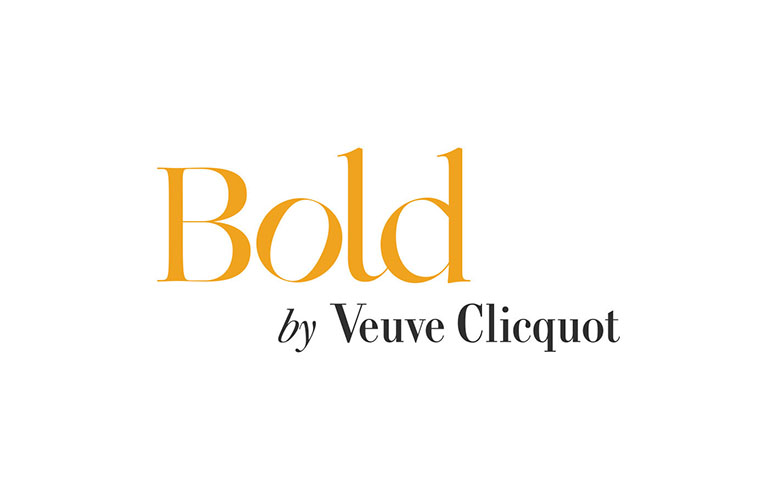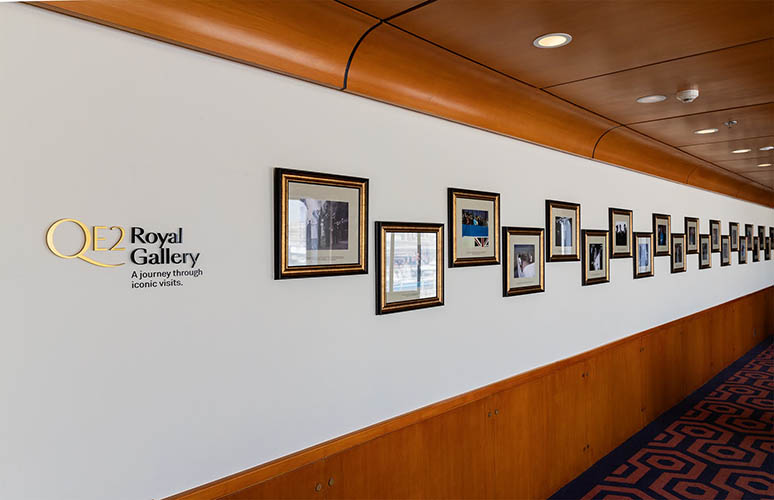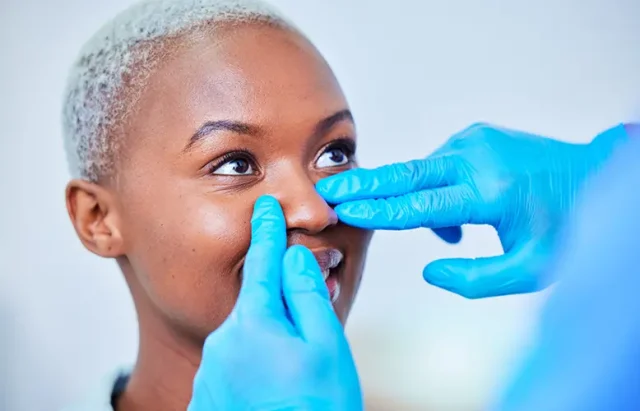Rhinoplasty, commonly known as a nose job, is a surgical procedure to alter your nose’s appearance. It may enhance facial symmetry and elevate self-esteem when performed correctly. However, negligent operations can occur, resulting in undesirable problems.
Here, we look at considerations when thinking about rhinoplasty for the most desirable outcomes and how to identify and avoid negligence in this process.
Understanding rhinoplasty
Rhinoplasty involves a surgical approach to reshape and enhance the nose’s appearance. It serves for aesthetic betterment or to correct functional issues, like breathing difficulties. Patients must grasp the operation’s nature, potential benefits, and associated risks before proceeding.
Choosing a competent surgeon
The cornerstone of a secure rhinoplasty is selecting a skilled surgeon. Opt for a practitioner who has been accredited by The British Association of Aesthetic Plastic Surgeons or the British Association of Plastic Reconstructive and Aesthetic Surgeons, with extensive rhinoplasty expertise. Verify their registration with the General Medical Council.
A cosmetic surgery qualification from the Royal College of Surgeons (RCS) might indicate adherence to a nationally acknowledged standard.
Examining pre and post-surgery photographs
Review the surgeon’s collection of before and after photos of former patients. This offers an honest insight into their skill and the results you might expect. Take the time to look at the consistency and quality of the outcomes to ensure the surgeon’s consistent performance.
Communication and consultation
Have candid discussions with your surgeon at the initial meeting. Express your goals, concerns, and any medical issues. A skilled surgeon will dedicate time to understanding and providing an accurate assessment of what’s achievable, including potential surgery risks and complications.
Conscious agreement
Before surgery, you should receive an informed consent form detailing the procedure, risks, and anticipated outcomes in clear language. Clarify your comprehension and pose any queries. Your surgeon should clear any doubts you might have before proceeding.
Surgical facility standards
A surgery’s success also hinges on the operating environment’s hygiene and safety. The procedure should occur in a certified facility with proficient medical staff, meeting criteria like the Care Quality Commission (CQC) in the UK.
Anaesthesia management
Anaesthesia application and supervision should be conducted by a qualified anaesthetist. Share your full medical history and any allergies to minimise risks.
Surgical methods
Respectable surgeons utilise precise and safe surgical techniques. If you suspect haste or shortcuts, demand a thorough briefing of the surgical phases to ensure transparency and affirm the surgeon’s proficiency.
Care after surgery
Post-operative care is important for healing. The surgeon should provide clear aftercare and follow-up guidelines, which should be followed diligently to ensure recovery. These should cover wound management, medications, activity restrictions, and signs of possible complications.
Identifying and reacting to negligence
Complications post-rhinoplasty, though rare, should be treated with caution as they may be a sign of negligence. Watch for symptoms of inadequate care, such as:
- Asymmetrical outcomes: an uneven or skewed nose, contrary to expectations, may suggest surgical error
- Ongoing breathing difficulties: persisting or aggravated breathing problems could denote incorrect surgical techniques
- Abnormal scarring: while some scarring is expected, excessive or atypical scarring may indicate subpar surgery or aftercare
- Infection: infections can occur, yet one stemming from unclean surgical conditions or poor aftercare may constitute negligence
- Diminished sense of smell or taste: if long-lasting, this may result from surgical errors
- Nasal collapse: a deformed nasal structure could suggest negligence during surgery affected the nose’s integrity
- Unsatisfactory aesthetic result: if the nose’s appearance strays significantly from pre-surgery agreements, without medical justification, it may be deemed negligence
If such symptoms arise, it’s critical to:
- Seek medical help immediately: for acute pain, infection indicators, or breathing issues, get medical assistance without delay.
- Record your issues: maintain a comprehensive log of symptoms or problems, with photos and dates.
- Talk with your surgeon: discuss your issues with the surgeon responsible for your surgery.
- Acquire a second opinion: if unsatisfied with the surgeon’s response, consult another board-certified cosmetic surgeon.
- Seek legal advice: if you suspect negligence, a solicitor with medical negligence expertise can advise on your rights and claim compensation.
Legal recourse
In cases of rhinoplasty negligence, legal counsel might be crucial. The impacts of cosmetic surgery negligence can be severe, affecting both physical and mental well-being. A solicitor experienced in cosmetic surgery claims can assist in seeking compensation for negligence endured during your procedure.
Rhinoplasty by an expert surgeon in a safe environment can significantly improve your life. Heeding the advice provided here can reduce the likelihood of rhinoplasty negligence.




